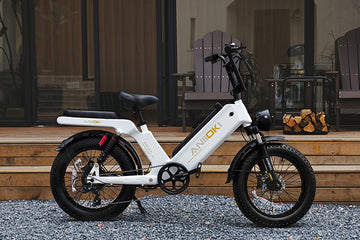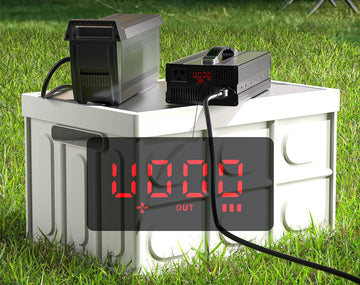When it comes to personal transportation, mopeds and scooters are popular choices for many people. They're both fuel-efficient, easy to maneuver, and more affordable than cars or motorcycles. However, despite their similarities, there are significant differences between the two. In this article, we'll analyze the distinctions between moped bikes and scooters from various perspectives, helping you make an informed decision about which one might be right for you.
What is a Moped?
Mopeds, also known as "mophead bikes," "mopet bikes," or "mopad bikes," are lightweight, two-wheeled vehicles that typically feature a small engine (usually under 50cc) and pedals. Mopeds have been around since the 1940s, and their name is derived from the combination of "motor" and "pedal." Mopeds often come with a lower price tag, and you can find mopeds under $500 that offer basic functionality.

What is a Scooter?
Scooters, sometimes referred to as "schooter bikes" or "motorcycle scooters," are also two-wheeled vehicles, but they typically have a step-through frame design and an automatic transmission. Scooters usually come with engines ranging from 50cc to 250cc, making them more powerful than mopeds. They're often associated with brands like Vespa, which has become synonymous with stylish and practical scooters.
Moped vs. Scooter: Key Differences
Engine size and power
While both mopeds and scooters have small engines, scooters generally have more powerful engines than mopeds. Mopeds are usually limited to 50cc or less, while scooter engines can range from 50cc to 250cc.
Pedals
One of the main differences between mopeds and scooters is the presence of pedals. Mopeds are equipped with pedals that can be used for propulsion if the engine isn't running. Scooters, on the other hand, do not have pedals.
Transmission
Scooters feature an automatic transmission, which makes them easier to operate for beginners or those who prefer not to shift gears manually. Mopeds often have a manual transmission, requiring the rider to shift gears as they ride.
Frame and design
Scooters have a step-through frame design, allowing riders to easily mount and dismount the vehicle. Mopeds have a more traditional bicycle-like frame, which may require the rider to swing their leg over the seat to mount the vehicle.
Storage Space
Scooters often come equipped with built-in storage compartments beneath the seat or at the rear of the vehicle. This added storage space is convenient for carrying groceries, a backpack, or other personal items while riding. Mopeds, on the other hand, may not have as much built-in storage, though you can often add aftermarket storage solutions like baskets or rear racks.
Maintenance
Both mopeds and scooters require regular maintenance to ensure they remain in good working condition. However, because scooters have an automatic transmission, they generally require less frequent maintenance than mopeds with manual transmissions. Additionally, the larger engines in scooters may necessitate more frequent oil changes and tune-ups compared to mopeds with smaller engines. It's essential to consider the maintenance requirements and associated costs when choosing between a moped and a scooter.
Safety
While mopeds and scooters are both smaller than cars, it's important to consider safety features when making a decision. Scooters often come with larger wheels, which provide more stability and better handling, especially at higher speeds. Mopeds, due to their smaller engines and lower top speeds, may be less stable at higher speeds or on uneven terrain. Both mopeds and scooters should be equipped with appropriate safety gear, such as helmets, gloves, and reflective clothing, to ensure the rider's safety.
Environmental Impact
As more people become environmentally conscious, electric mopeds and scooters have grown in popularity. Both electric mopeds and scooters produce fewer emissions than their gas-powered counterparts, making them a more eco-friendly choice. When comparing electric options, consider factors like battery life, charging times, and overall range.
Conclusion
In summary, the main differences between a moped and a scooter lie in their engine size, the presence of pedals, transmission type, frame design, and speed capabilities. Mopeds are generally more affordable and better suited for short distances and lower speeds, while scooters offer more power, making them ideal for longer commutes and higher speeds. By understanding these differences, you can choose the best option for your personal transportation needs.






